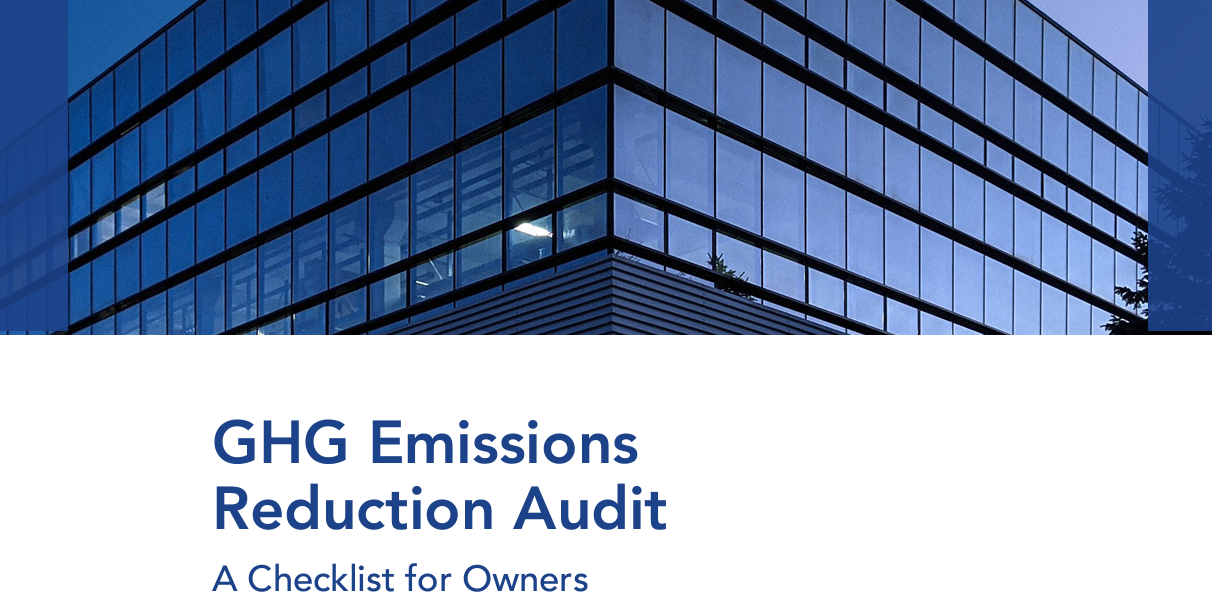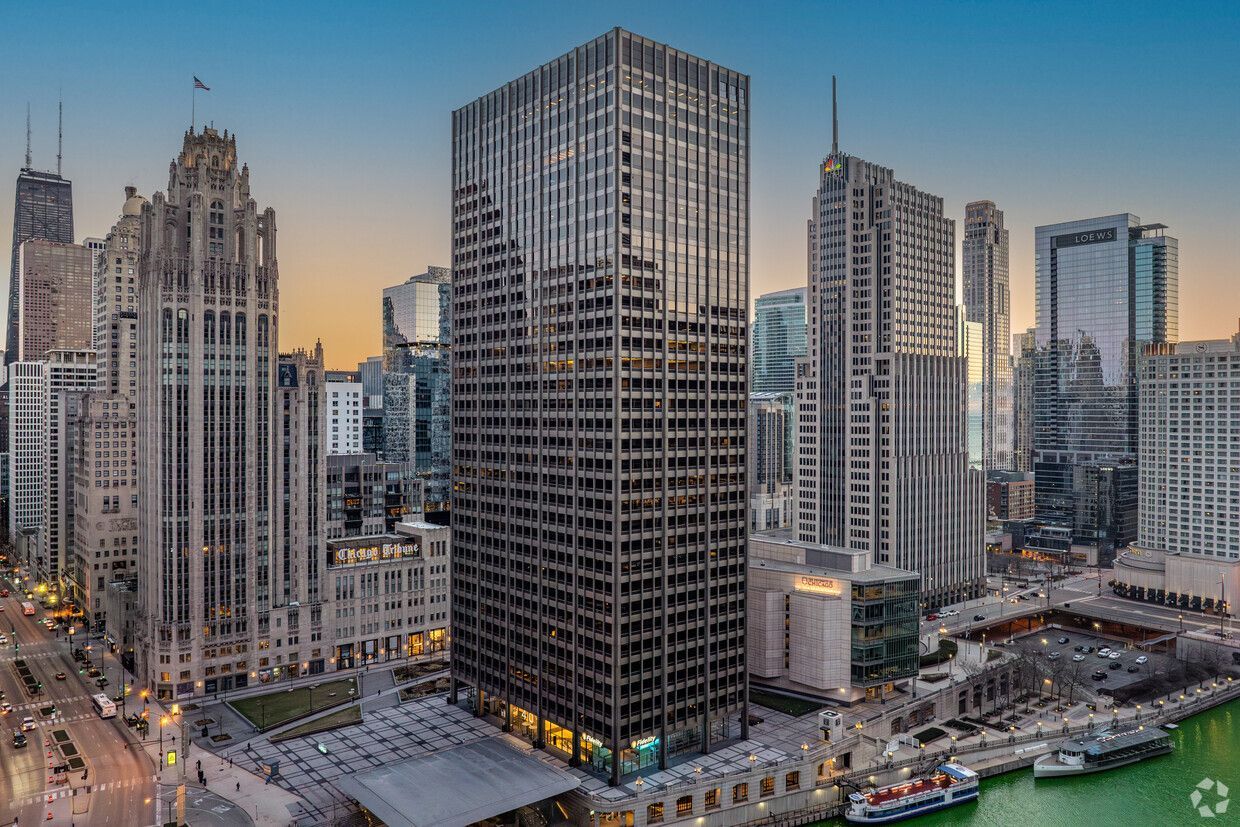GHG Emissions Reduction Audit: A Checklist for Owners
Partner resource compiled by the U.S. Department of Energy for its Better Buildings program.

This resource includes guidance and an accompanying checklist that details recommended services and deliverables for a building-level greenhouse gas (GHG) emissions reduction audit for operational Scope 1 and 2 GHG emissions1. The GHG emissions reduction audit scope is compatible with an ASHRAE Standard 211 Level 2 energy audit or ISO 50002 Tier 2 energy audit but with a few key differences. The emissions reduction audit specified in this guidance document:
- Includes a calculation of GHG emissions reductions in addition to energy and utility cost savings.
- Focuses on major equipment and all fossil-fuel combustion equipment. An exhaustive inventory of all heating, ventilation, and air conditioning (HVAC) equipment may not be required.
- Includes evaluation of the following GHG emissions reduction strategies:
- Reduce or eliminate on-site fossil-fuel combustion through electrification and system efficiency improvements.
- Reduce or eliminate fugitive emissions from refrigerants.
- Install on-site renewable energy sources.
- Results in a long-term plan, with consideration of phased implementation of measures to align with capital planning.
The audit will determine achievable levels of emissions reductions at a building through energy efficiency, electrification, fugitive emissions reduction, and the addition of onsite renewable energy. Additional emissions reduction audit services such as off-site renewables, energy storage, and electric vehicle (EV) charging are listed as optional in this guidance but may be included in the audit scope. This audit guidance focuses on identifying on-site actions and does not include analysis of renewable energy credits (RECs) or green power purchases. However, emissions reductions at the building level will reduce the need for RECs and green power purchases.
How to Use this Resource
This document consists of two main sections: (1) the GHG Emissions Reduction Audit Guidance, and (2) the GHG Emissions Reduction Audit Checklist. The guidance portion includes a detailed description of each task that should be carried out by an Auditor, with examples. The owner can use the checklist to validate the scope of the audit. Both sections are meant to be used in parallel with one another. Additional resources are provided in Appendix A.
Owners or organizations with portfolio-level GHG emissions reduction targets can use this resource in parallel with the U.S. Department of Energy’s (DOE’s) Framework for Portfolio-level GHG Emissions Reduction Planning (Kramer et., 2023). The framework outlines how to scale the results of a building-level audit across a portfolio of buildings.
You can download the DOE GHG Emissions Reduction Audit here.





